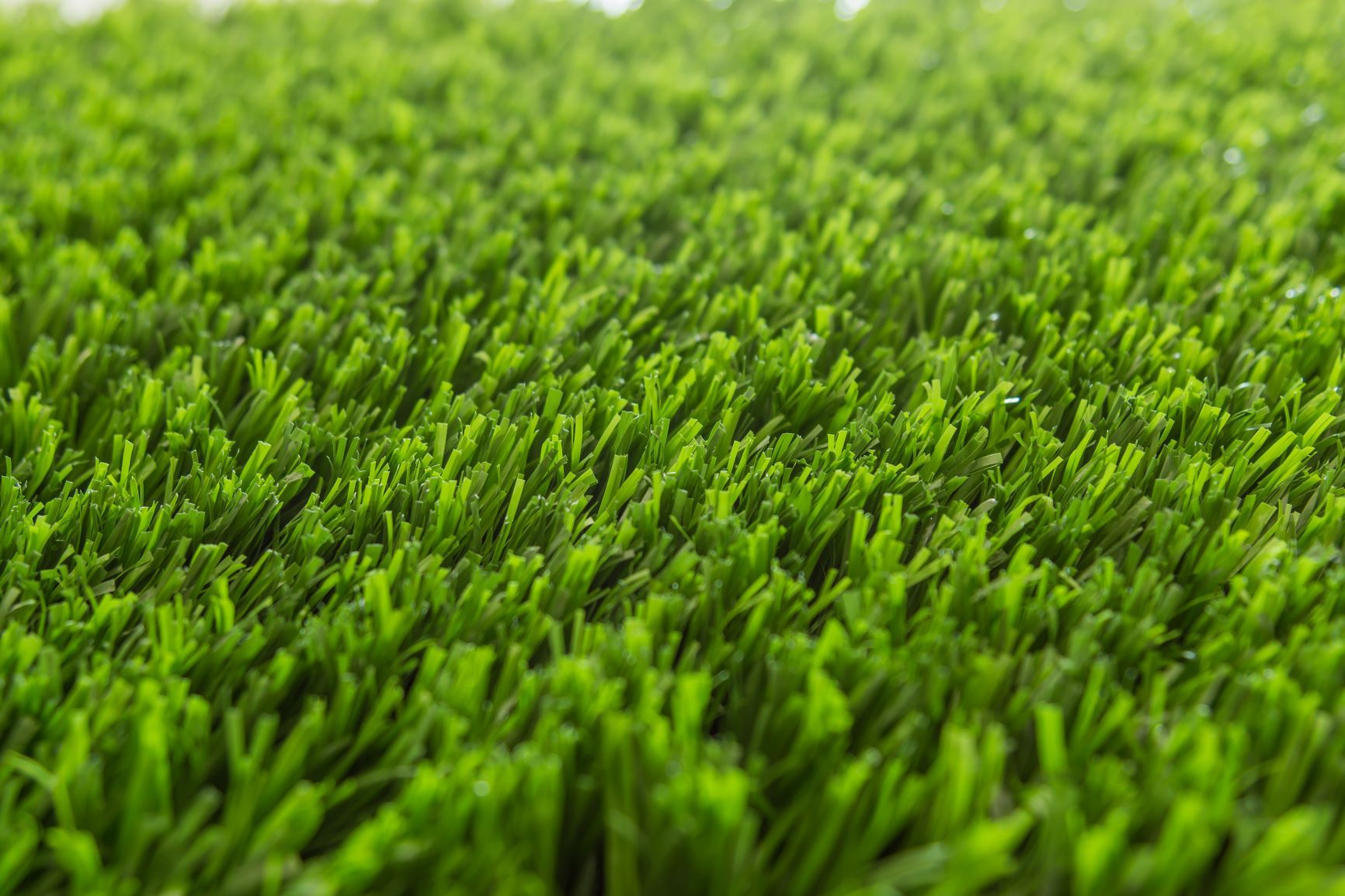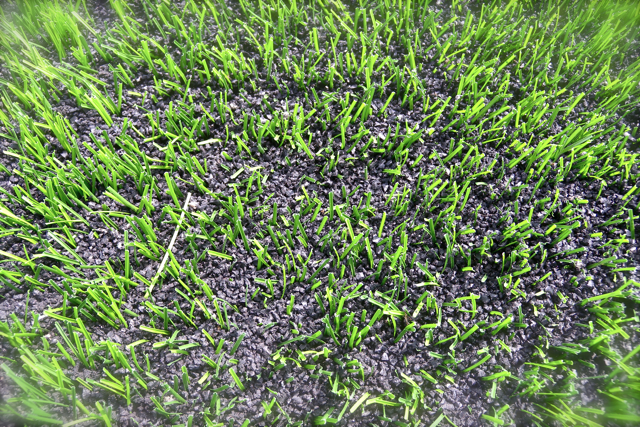Top Phoenix Turf Companies Delivering High-Quality Synthetic Grass Options
Top Phoenix Turf Companies Delivering High-Quality Synthetic Grass Options
Blog Article
Delve Into the Environmental Benefits of Opting for Synthetic Grass Solutions
The adoption of artificial lawn options offers a compelling possibility to address pressing environmental obstacles. By substantially lowering water usage and reducing the application of harmful chemicals, these choices not just promote sustainable landscaping yet likewise safeguard neighborhood ecological communities. Additionally, the reduced carbon footprint connected with lowered maintenance tasks adds to a more lasting strategy to land monitoring. The implications of these advantages prolong past mere conservation efforts, elevating concerns concerning their long-term influence on habitat preservation and general environmental equilibrium. Exploring these measurements exposes a complex interplay worth thinking about.
Water Preservation Perks
Among one of the most considerable advantages of synthetic grass is its capacity to save water. Traditional turf yards call for substantial irrigation, specifically in areas prone to drought or water limitations. In comparison, synthetic grass does not need watering, considerably decreasing the general need for water sources. This attribute is particularly helpful in deserts where water scarcity is a pushing issue.
By removing the requirement for normal watering, artificial turf adds to sustainable landscape techniques and helps alleviate the ecological effect of excessive water intake. Additionally, the preservation of water reaches the reduction of drainage, which can cause soil erosion and waterway contamination.
Additionally, the installation of synthetic grass enables homeowners and municipalities to allocate water resources extra successfully, concentrating on necessary uses such as alcohol consumption water and agriculture. The change towards artificial lawn not only advertises responsible water use yet likewise straightens with more comprehensive environmental objectives targeted at protecting natural deposits.
As communities progressively prioritize sustainability, the water conservation benefits of synthetic grass present an engaging case for its adoption in commercial and property landscape design projects.
Decreased Chemical Usage
The transition to synthetic grass considerably reduces the dependence on chemical treatments commonly made use of in all-natural grass maintenance. Typical grass monitoring typically includes the application of pesticides, herbicides, and fertilizers to promote development and control bugs. These chemicals can position dangers to human wellness, regional wild animals, and the setting, adding to soil and water contamination.
In comparison, fabricated grass removes the need for these hazardous materials. By reducing the launch of artificial compounds right into the ecological community, man-made grass promotes healthier soil and water systems.
In addition, the absence of chemical overflow associated with synthetic grass installations assists shield neighborhood rivers from pollution, sustaining marine life and keeping biodiversity. Phoenix turf companies. As areas progressively focus on lasting techniques, selecting synthetic grass provides a sensible option that straightens with environmental conservation goals. With this shift, residential or commercial property proprietors can appreciate lush environment-friendly rooms without compromising eco-friendly wellness, leading the way for a much more lasting future
Reduced Carbon Impact

Moreover, the setup of synthetic grass can lead to significant water preservation. Natural lawns require substantial amounts of water for watering, which not only contributes to the carbon impact related to water extraction and therapy yet also stress neighborhood water sources. In comparison, artificial turf requires marginal upkeep, needing no watering, thus substantially decreasing water use and its associated energy costs.
Additionally, the long life of fabricated grass adds to its reduced carbon impact. With a life-span of up to 15 years or even more, the demand for frequent replacements is decreased, resulting in much less waste and reduced energy intake in manufacturing and throwing away typical yard alternatives. Generally, fabricated lawn offers a lasting option for eco mindful landscaping.
Habitat Preservation
Environment preservation is a vital consideration in the debate over landscape design selections, specifically when contrasting synthetic grass to natural lawn. Natural yard yards usually call for substantial upkeep, consisting of the use of herbicides, chemicals, see this website and fertilizers, which can negatively impact neighborhood ecosystems. These chemicals can leach into the dirt and rivers, hurting indigenous vegetation and animals and disrupting regional environments.
In comparison, fabricated lawn presents a chance to decrease the eco-friendly footprint of landscape design. By choosing artificial yard, home owners can decrease the disturbance of all-natural environments connected with conventional lawn care methods. Synthetic grass removes the need for dangerous chemicals, thereby shielding nearby wild animals and maintaining the honesty of surrounding ecosystems. In addition, the installation of fabricated lawn can lead to the conversion of previous grass locations into more biodiverse landscapes, such as pollinator yards or native plant areas, which can support local wild animals.
Ultimately, the change to synthetic grass not just preserves water and reduces upkeep initiatives but likewise cultivates a more unified partnership between human tasks and the native environment, promoting habitat conservation at the same time.
Long-Term Sustainability
Lasting sustainability is a crucial aspect in evaluating the advantages of synthetic grass over conventional grass lawns. Among the most considerable advantages of artificial lawn is its sturdiness; it can last approximately 15-20 years with minimal upkeep, whereas all-natural turf needs constant reseeding and replacement. This durability reduces the requirement for constant sources, such as water, fertilizers, and pesticides, which are crucial for maintaining a healthy yard yard.
In addition, man-made turf adds to a decrease in carbon exhausts connected with i was reading this yard care equipment. Conventional grass frequently require gas-powered mowers, trimmers, and blowers, all of which add to air contamination. Arizona turf. On the other hand, man-made lawn removes the demand for such devices, promoting a cleaner environment
In addition, the manufacturing of synthetic grass significantly makes use of recycled materials, improving its sustainability profile. As makers adopt green techniques, the ecological impact of man-made grass remains to diminish.

Final Thought
The fostering of synthetic grass remedies presents substantial environmental advantages, consisting of considerable water preservation, lowered dependence on hazardous chemicals, and a lower carbon footprint. Moreover, synthetic Home Page grass aids in maintaining all-natural environments by minimizing land disruption and promoting lasting sustainability via using long lasting materials. Collectively, these elements highlight the possibility of artificial grass to contribute positively to ecological health and offer a feasible option to standard landscape design methods in a significantly resource-conscious globe.
In comparison, man-made turf does not require watering, significantly reducing the overall need for water sources. By decreasing the launch of synthetic compounds right into the ecological community, synthetic turf advertises much healthier dirt and water systems.
Moreover, the installment of man-made grass can result in substantial water conservation. In contrast, synthetic lawn needs very little maintenance, needing no watering, thus considerably minimizing water use and its associated energy expenses.

Report this page